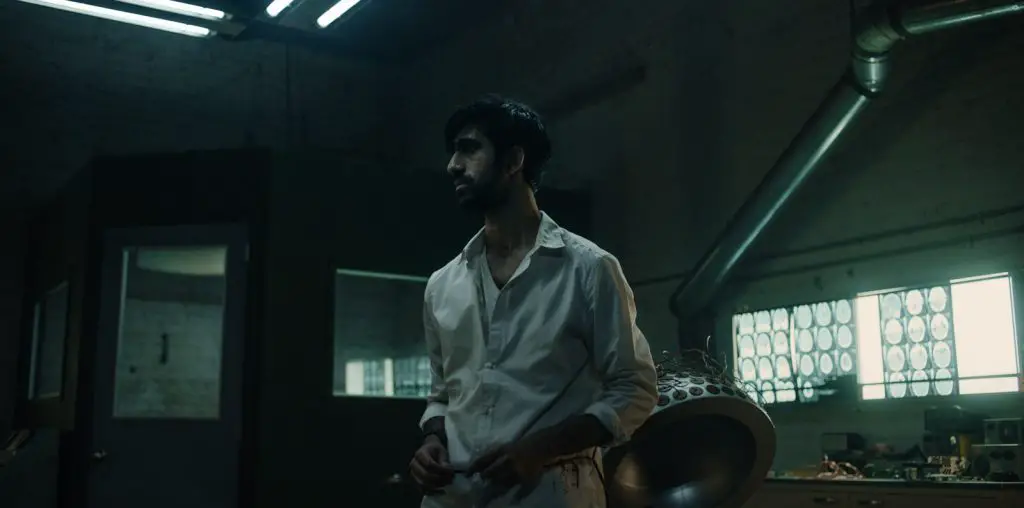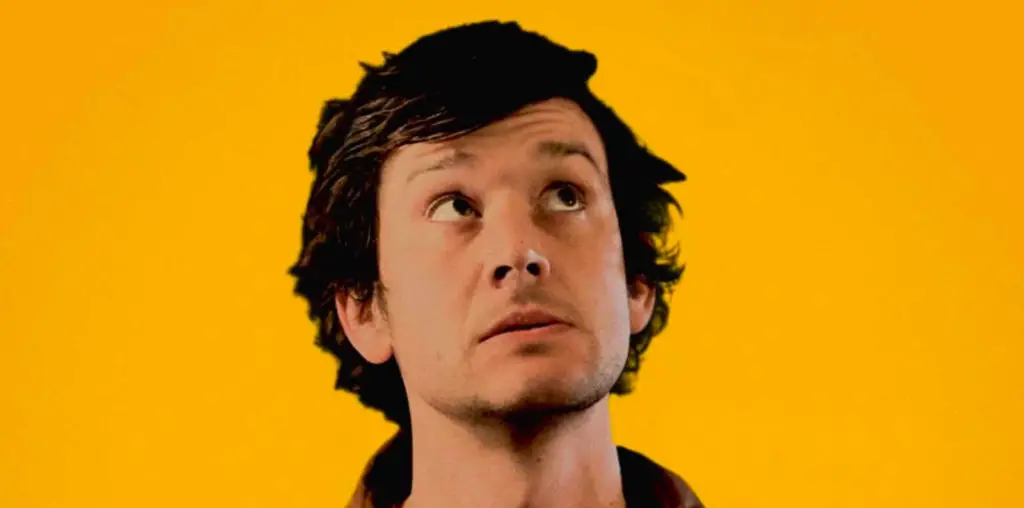
There’s something impressive about a film that manages to acknowledge the intrinsic lunacy of its concept without yet depriving the story of any of its power or immediacy. You can feel all the way through Takeshi “Beat” Kitano’s “Zatoichi” that he knows just how ludicrous everything on screen is – the film is about a blind travelling masseur who’s also a master swordsman, after all – and he’s going to give you the occasional wink, but when the swords come out, it’s going to be all business.
The one-man industry Beat, who also directed, wrote, and edited the film, also plays Zatoichi. A rather legendary character in Japan, Zatoichi was played innumerable times by the late Shintaro Katsu over a period of 36 years; sort of like if Zorro had been played by Antonio Banderas until he was in his 60s. But that doesn’t mean that you have to come to the film knowing anything about Zatoichi; again, like Zorro, the idea is pretty basic, and anyone who’s seen an episode of “Kung Fu” will know what to expect. Zatoichi comes to a small town that’s being fought over by some rival gangs, and though he doesn’t look for trouble, it finds him nonetheless. Let the swordplay begin.
This isn’t to say that the story is treated lightly. Zatoichi’s arrival in town and the establishing of the secondary characters, who will either help or hinder him throughout the film, are set up quite solidly, especially a pair of troubled, vengeful geishas whom Zatoichi befriends, and the equally talented ronin he’s destined to have a showdown with. Quite elaborate backstories are presented as a means of limning the years of tragedy and revenge that are convulsing the town in violence, but Beat doesn’t let them disrupt the film, instead they come crashing into the main narrative in a way that can seem awkward but keeps the audience off-center and not knowing what to expect.
Similarly, the fighting sequences are shockingly off-kilter. First, there’s the liberal use of CGI: anytime a blade goes through somebody (which is often), it’s animated, and anytime blood is spilled (which is quite often), it comes hosing out in a bright-red, computer-drawn shower. What seems artificial and quite silly at first later seems to be Beat’s nod to a knowing audience and to the character’s cartoonish tendencies. Then, there’s the speed with which the fights happen. There’s no elaborate stab-and-parry dancing about in this film, rather it’s all a lightning-quick flurry that brings a startling savagery to the rather frequent combat scenes (a couple of which give Tarantino’s House of Blue Leaves sequence in Kill Bill, Vol 1 a run for its money).
None of this would work, however, if it wasn’t for Zatoichi himself. As usual in any Beat film, his face is an implacable mask against which the crazed currents of the story dash themselves. In “Zatoichi,” he plays the character hushed and bowed, only the occasional facial twitch or a low, mordant laugh breaking the quiet before that sword has to come flashing out of his walking stick.
As entertaining and surprising as the film is, however, nothing can prepare one for its rousing final fight scenes, which are intercut with a festival happening in the village. At first it seems to be a rather standard editing device, but it isn’t long before the villagers start performing a choreographed number specifically for the camera. Capping off an already-successful action movie with a dance number – tapdancers and taiko drummers pounding away – in this manner is exhilarating, refreshing and surprisingly emotional, showing that just when it looked like Beat might have been sinking into a creative rut, he still has the ability to shock and awe.

